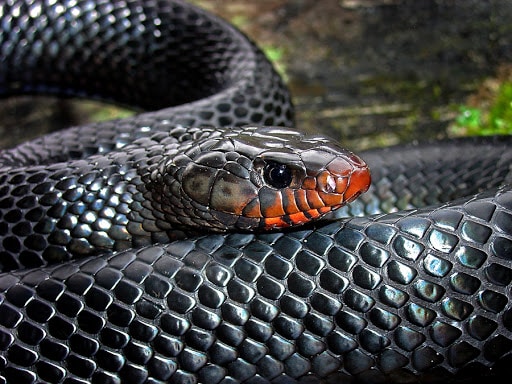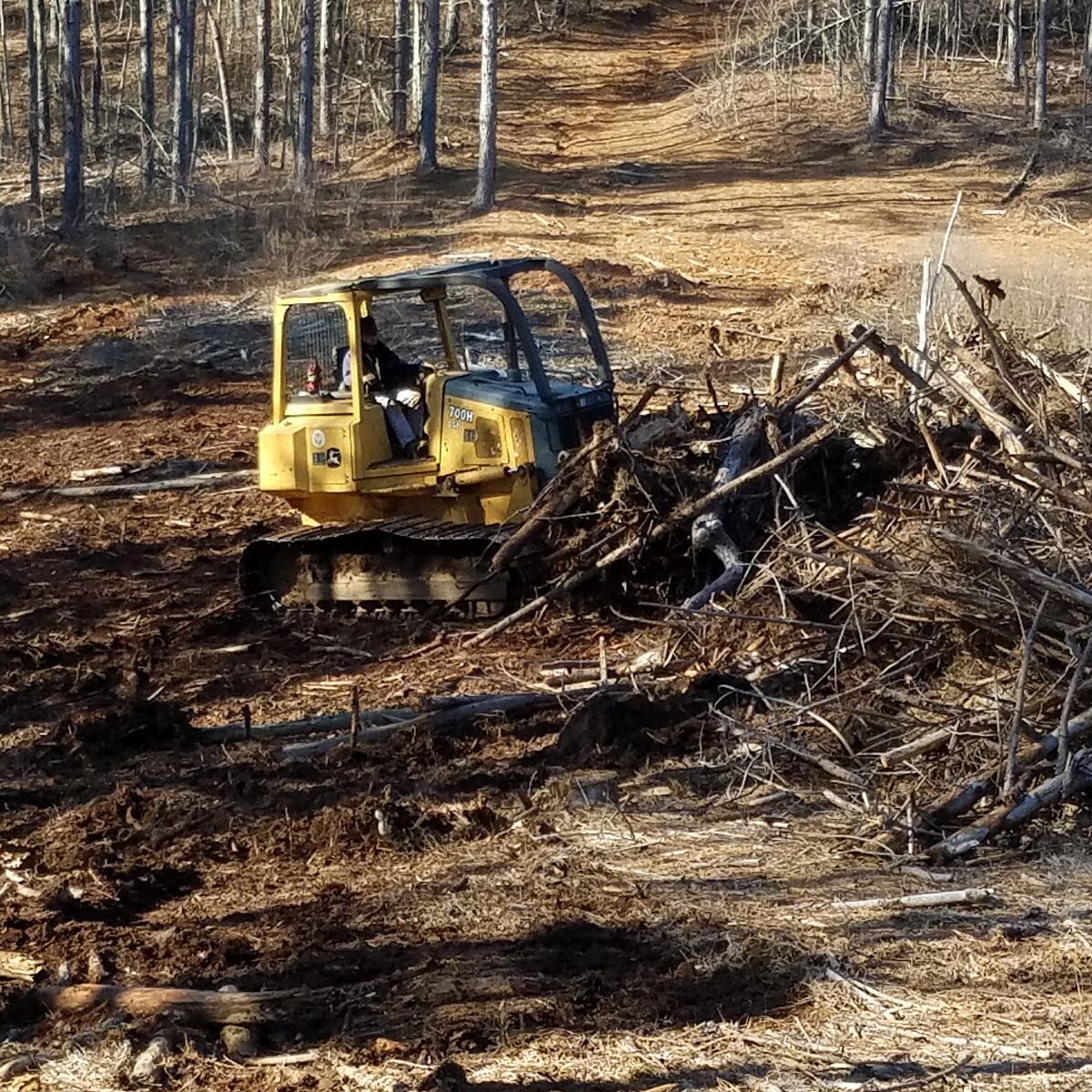Eastern Indigo Snake
Status: Vulnerable
The Eastern Indigo Snake is among the top (apex) predators in the longleaf pine ecosystem. It's scientific name, Drymarchon couperi, roughly translates to “Emperor of the Forest. The longest native snake in North America, a mature male eastern indigo snake can grow up to 8.5 feet long! This snake is a bluish-blackish color that appears purple in certainly light, sometimes with small orange marks on the head. The eastern indigo snake is not venomous, but it has very strong jaws that capture and swallow its prey alive. They eat small mammals, frogs, small turtles, fish - even other pretty big snakes.


Habitat & Range
Eastern indigo snakes occur throughout most of Florida and much of the Coastal Plain of southern Georgia, though they historically ranged through southeastern Mississippi, southernmost Alabama and southeastern South Carolina. These snakes have some unique habitat requirements. They need lots of space to be able to hunt, and they need burrows underground to hibernate over winter (just like what the Gopher Tortoise create). The longleaf pine forests of the southeast provide excellent habitat conditions for these snakes.
Food Web & Energy Flow
The eastern indigo snake is a tertiary consumer, or carnivore, meaning it only eats other secondary and even tertiary consumers. This snake is top predator in the longleaf pine ecosystem. They can overpower their prey with their strong jaws and long powerful body. These snakes have been recorded as eating other bigger snakes and even small alligators - alive!
Relationship to Fire & other Species
The eastern indigo snake depends on the gopher tortoise to dig deep burrows in the sandy soil of the longleaf forest, and it uses those borrows to hibernate safely over the winter. Without regular, low-intensity fires, longleaf forests would evolve to become more of an oak forest, and lots of leaves and debris would accumulate on the forest floor, along with shrubs and shorter understory trees. This would makes it very difficult for the gopher tortoise to get around and to dig into the soil. So without fires, there would not be gopher tortoises. Without gopher tortoises, there wouldn't be eastern indigo snakes.

Conservation Status
As you can see from the map below, the eastern indigo snake is considered at different levels of risk for extinction from state to state where it lives, and is considered Vulnerable overall.

Human Impacts/ Threats

Land Use Conversion
Longleaf forests and the habitat it supports is being cleared or converted to use the land for other uses like houses, roads, agriculture, and even to grow different types of trees to sell.

Fire Suppression
Many people think of fires in the forest as bad, so they work hard to prevent or suppress them. But longleaf forests NEED regular fire to support habitat for the species that live there!

Fear
Many people are afraid of snakes and kill them out of fear or concern for safety. The good news is that these snakes are not venomous and would rather not deal with humans.
Orianne Society. Eastern Indigo Snake.
US Nat. Park Service; Everglades. Eastern Indigo Snake.
Nature Conservancy; Animals We Protect. Eastern Indigo Snake.
Smithsonian; National Zoo. Eastern Indigo Snake.
